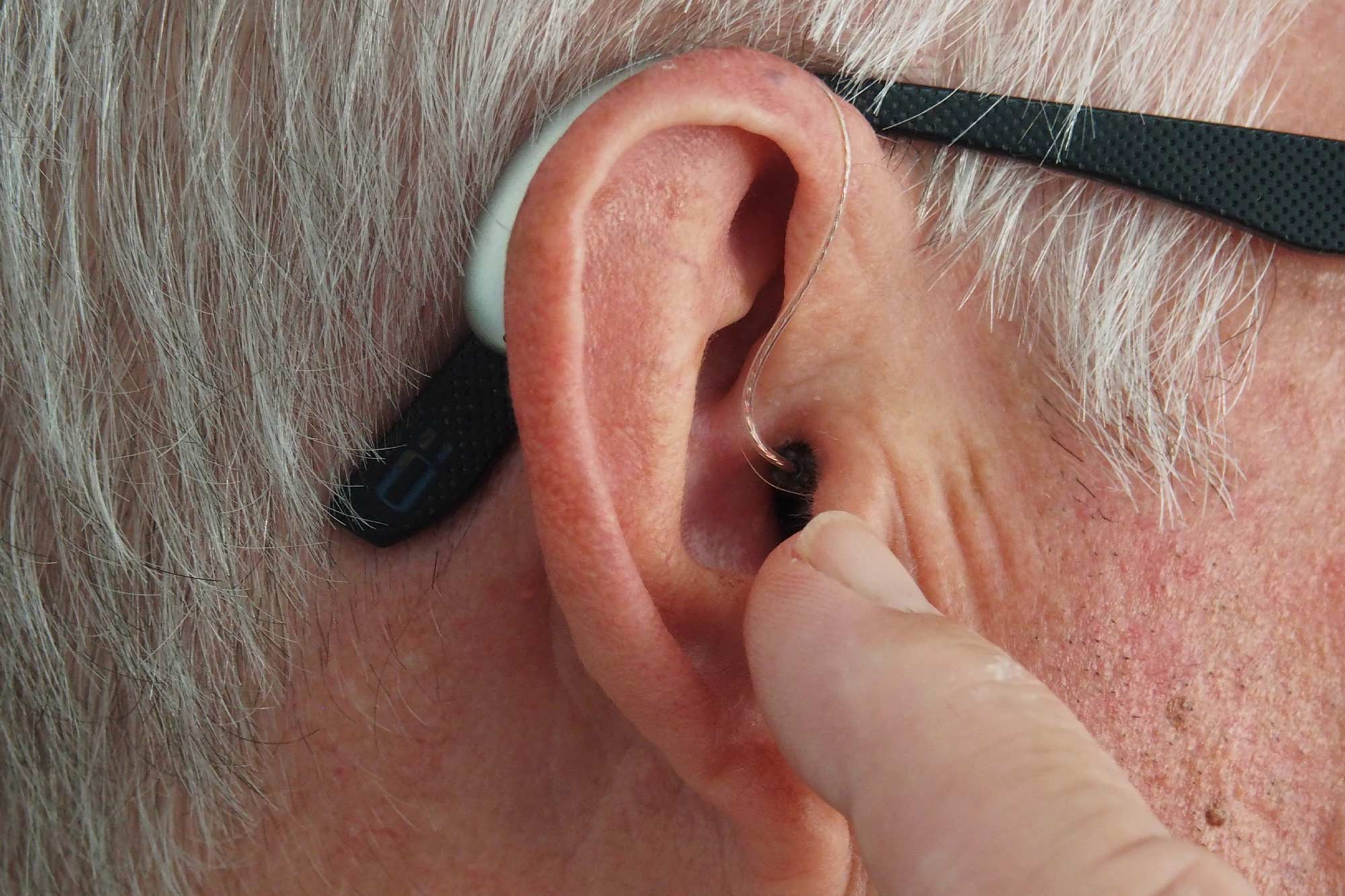The basic idea emerged decades ago. According to the first theories, the association between domestic cats and schizophrenia is astonishing, as both were rare in the 19th century. a century.
Cats were often considered evil creatures in the Middle Ages and were even tortured in religious rituals, but later the number of domestic cats increased significantly, as did the incidence of schizophrenia. In addition, the geographical incidence is similar: where cat breeding is common, especially in northern Europe and North America, schizophrenia is also common. This is, of course, just an observation that doesn’t necessarily imply a causal relationship, but now, however, the picture seems to have come together.
Recently completed Canadian Investigation according to
Keeping a cat in childhood, exactly before the age of 15, is associated with the later development of schizophrenia
– But only for cats kept outdoors and only among their male owners. According to staff at McGill University in Montreal, the first part of the relationship appears to have been explained. This is because cats that are released into the open are often infected Toxoplasma They are often passed on to their owners.
This pathogen has been mentioned many times as a cause of various mental illnesses. Cats kept indoors should not be afraid of this, as cats usually become infected while hunting, often from mice.
Previous studies have already indicated a possible cause:
The parasite produces an enzyme that increases the production of one of the neurotransmitters, dopamine, in the brain. Dopamine, which rises to abnormal levels in some parts of the brain, plays a role in the development of schizophrenia.
So it appears that the picture is starting to come together and there is an explanation for why previous studies have produced conflicting results. This was the first study to distinguish between the possible role of cats left outside and those kept indoors. However, researchers continued to be puzzled as to why only men were able to show the association. There are currently only theories for this, and the exact explanation is unknown. The study, which included a total of 2,206 patients, also identified previous head injuries and smoking as additional risk factors.
(Cover Photo: Amir Makar/AFP)












































